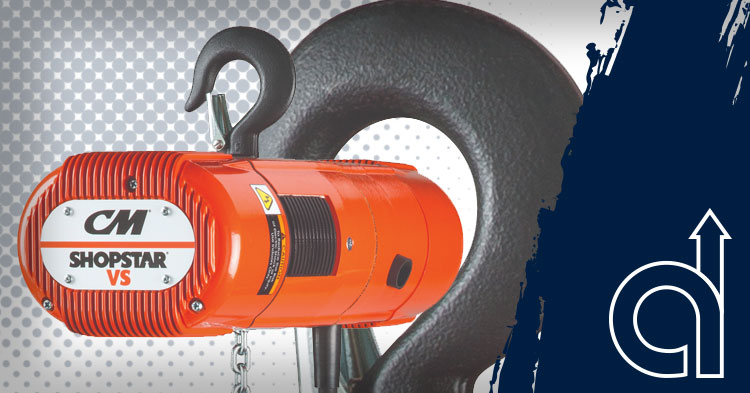
by American Crane | Mar 27, 2025 | Featured Products, Industry News, Manufacturers, Uncategorized
When it comes to lifting solutions, industrial environments need equipment that is compact, durable, and efficient. The CM Shopstar Electric Chain Hoist combines these elements to provide unmatched performance in workplaces that require agility and strength. Whether...
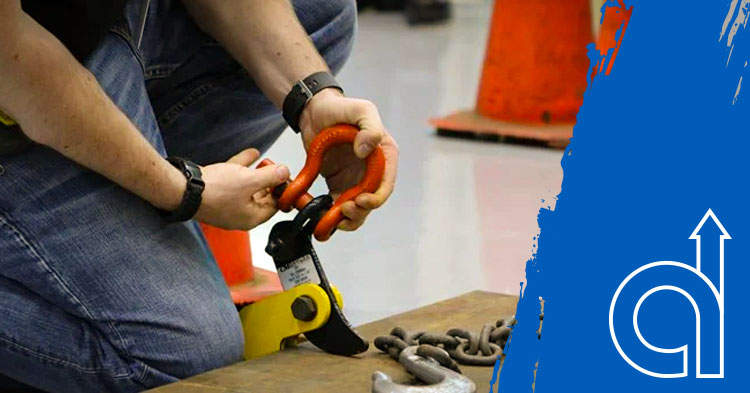
by American Crane | Mar 4, 2025 | Industry News, Featured Products, News and Events Post
Maintaining and enhancing material handling equipment relies on high-quality parts. At American Crane and Equipment Corporation (ACECO) we offer a wide range of Columbus McKinnon Corporation (CMCO) parts, ensuring your equipment operates efficiently and safely. CMCO...
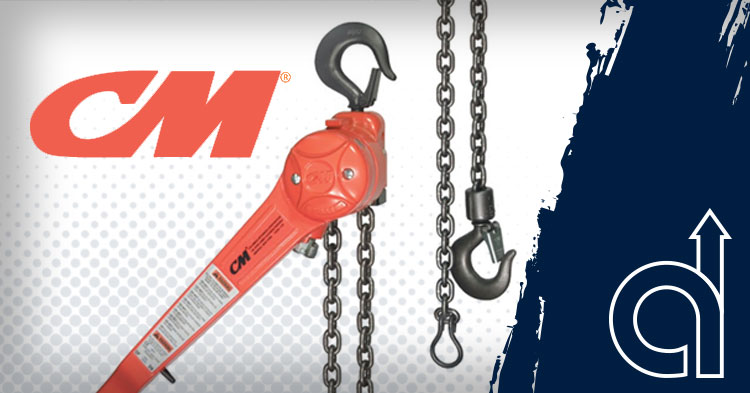
by American Crane | Feb 20, 2025 | Featured Products, Manufacturers, News and Events Post
When it comes to heavy-duty lifting, pulling, and tensioning tasks, professionals across various industries demand tools that deliver unmatched strength, reliability, and versatility. The Columbus McKinnon (CM) 640 Puller checks all these boxes and more. Known for its...
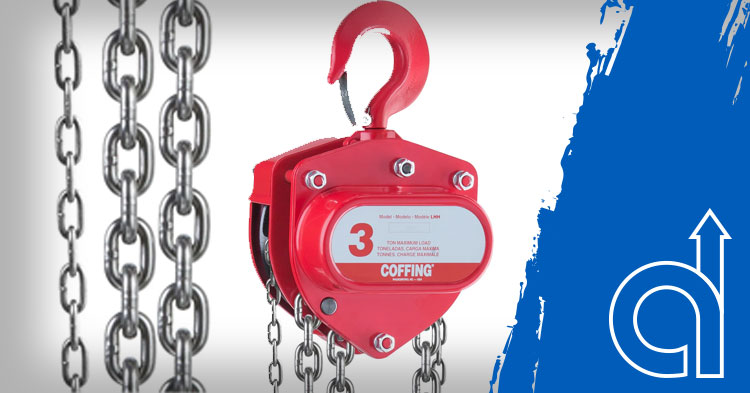
by American Crane | Feb 11, 2025 | Featured Products, Industry News, Manufacturers, Uncategorized
Reliable equipment is a non-negotiable in the crane and hoist industry, and manufacturers reliant on precision and safety often turn to the Coffing Hoists line of manual chain hoists for their trusted performance. Among their offerings, the Coffing LHH Manual Chain...
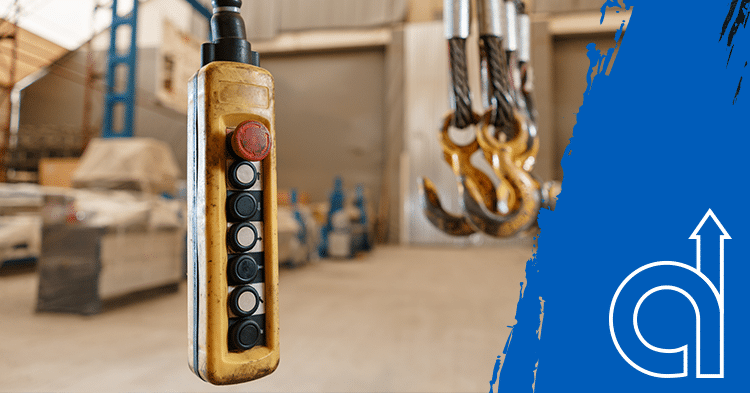
by American Crane | Oct 29, 2024 | Featured Products, Manufacturers
Duct-O Wire, a leader in electrical and control products, offers a range of solutions that deliver these crucial benefits. Whether you’re working with cranes, hoists, monorails, or other equipment, Duct-O Wire’s innovative parts and systems ensure superior performance...
by American Crane | Oct 21, 2024 | Featured Products
At American Crane & Equipment Corporation (ACECO), we are dedicated to providing high-quality material handling solutions. We proudly offer the Coffing ® LHH Hand Chain Hoist, a reliable tool known for its performance and affordability. Why Choose the Coffing ®...







